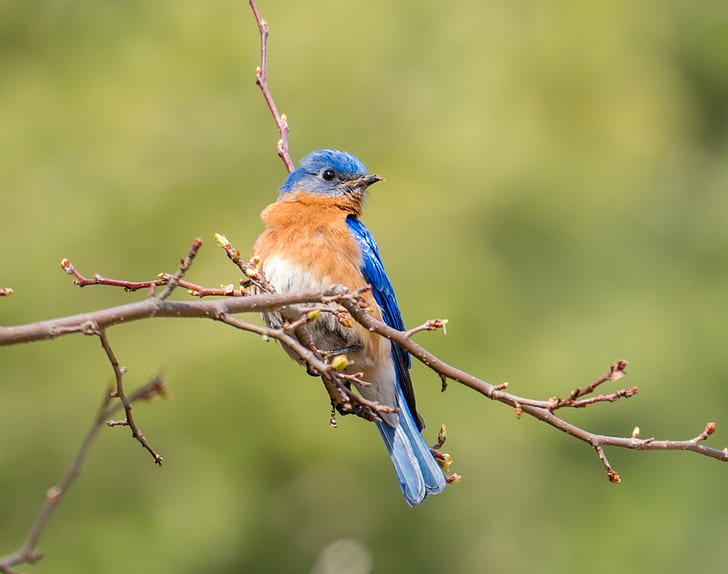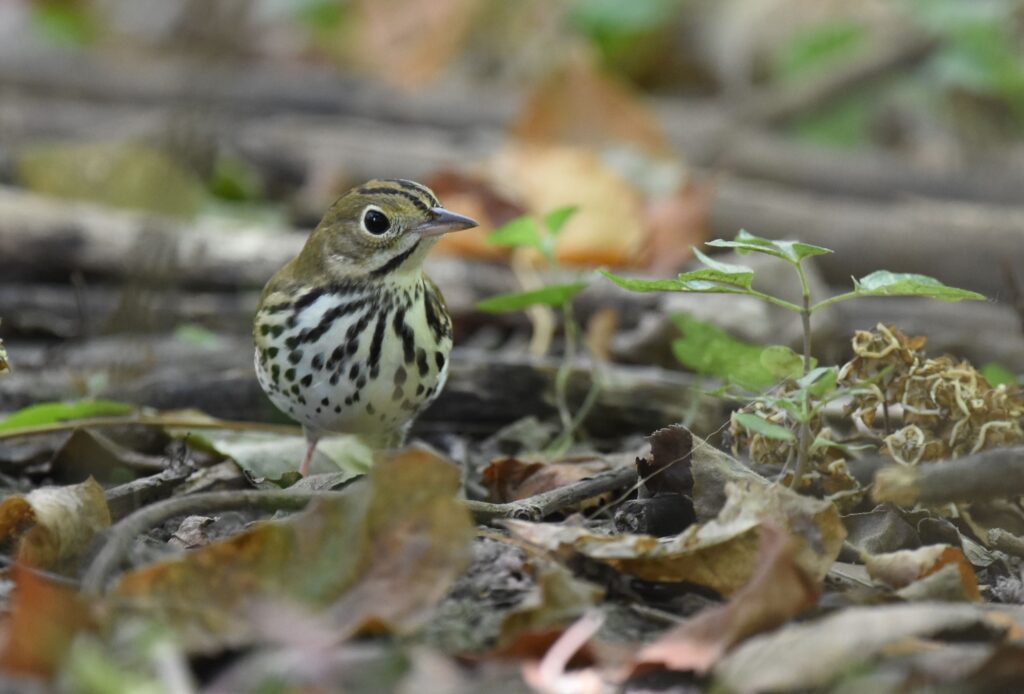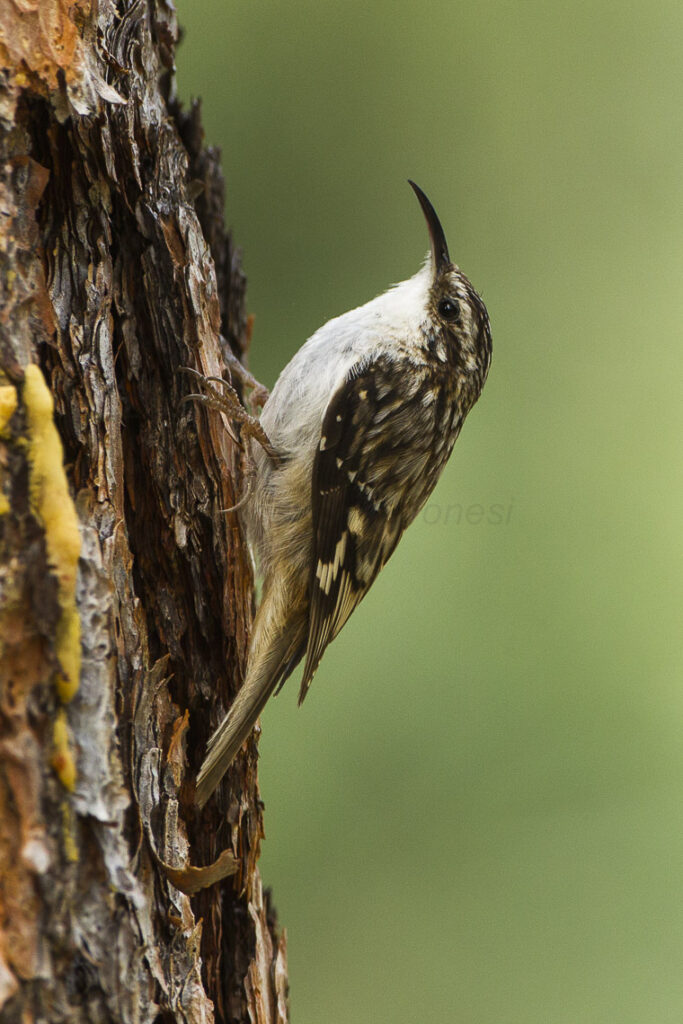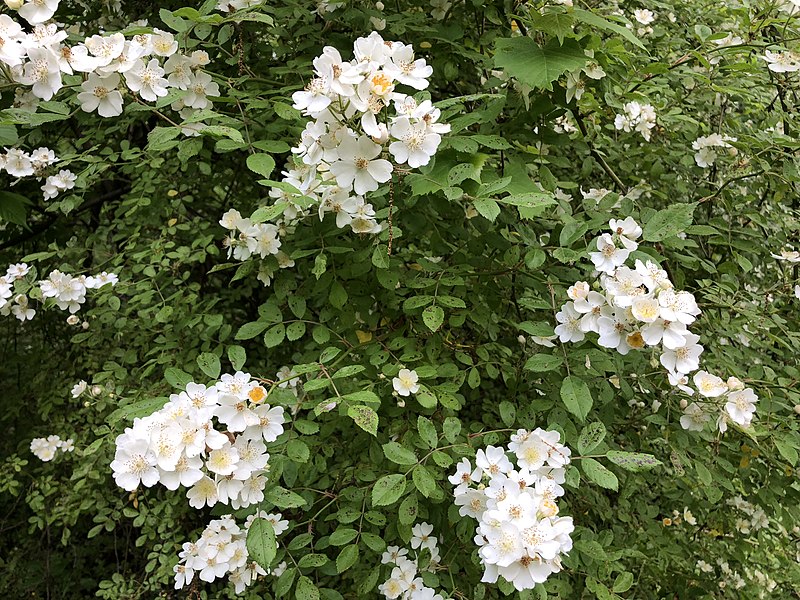In the context of reading about forest succession (see previous blogs) I came upon a new publication by Akresh et al. (full citation at the end of this blog.) The article explores the impact of various silvicultural treatments on bird conservation in eastern North America. They note that forest managers are challenged to balance the opposing habitat needs of organisms that, on one hand, depend on structurally diverse old-growth forests and, on the other hand, those that inhabit more open areas or shrubs.
The authors conducted a meta-analysis of studies that examined birds’ responses to three silvicultural regimes: low-retention stands, shelterwoods, and high-retention stands. These terms were not defined in the article. According to Michigan State University extension, in shelterwood systems, all mature trees are harvested in a two- or three-stage process over several years. The other classes presumably reflect the proportion of trees remaining after the harvest.
Akresh et al. focussed on “community conservation scores,” not on protecting individual bird species. They followed the level of conservation concern for the two communities developed by the Partners-in-Flight program
Shrubland Birds
Akresh et al. note that a high proportion of open-canopy, shrubland bird species are declining range-wide; their habitat is already quite limited in eastern North America and continues to decline. Consequently, the Birds-in-Flight program gives them a high priority for conservation measures.

The researchers found that clearcuts (presumably = low retention) and shelterwoods typically had the highest conservation scores because they provide habitat for the declining avian group, shrubland birds. More heavily harvested forests also support non-avian taxa such as pollinators and other arthropods, mammals, snakes, and vascular plants.
Forest Birds
Stands on which 40%–70% of tree were retained also have a high conservation score because they provide habitat for both shrubland and “mature forest” species. Only a few species, e.g., ovenbird and brown creeper, had lower densities in moderately harvested stands than in unharvested forests. The majority of “mature forest” species had relatively higher or equal densities in the sites on which 40%–70% of trees are retained than in unharvested stands. They suggest that several mature-forest bird species prefer the increased understory vegetation density found in these stands.

Unharvested and lightly thinned stands, in which 70%–100% of trees remain, had the lowest conservation scores. The first explanation is that these forests don’t support shrubland bird species.
A second reason, Akresh et al. suggest, is that the second-growth forests now widespread in eastern North America are quite young (even if they have not been logged for at least 50 years). They are even-aged and lack the structural diversity of true old-growth forests. The authorsappear to place the greatest importance on the lack of dense understory vegetation, although otherkey elements of mature forests are also missing, e.g., large-diameter trees and snags, continuous canopy, and deep leaf litter. They concede that some bird species depend on forest characteristics that they did not examine. They did not provide examples of these other ecological attributes.
Akresh et al. note that their study concerns only bird species’ use of forests during the breeding season. Some species use other habitat types at other seasons. Furthermore, data were insufficient to analyze some species altogether. A more comprehensive analysis might have raised the conservation score of older forests. I would add that restoration of true old-growth forests depends on allowing some late-seral stands to continue aging.
Finally, fauna other than birds also depend on forest ecosystems and need to be considered when choosing management approaches. The authors mention salamanders and other amphibians, fungi, invertebrates, and lichens – some of which might be of conservation concern themselves.
Gaps in the forest: complicating factors
Akresh et al. mention deer browsing as an influence on understory conditions once, but do not explore this. I am surprised that they don’t expand this statement by a paragraph or two, given the role deer play in suppressing understory vegetation.
Nor do they mention possible impacts of invasions by non-native plants. As my earlier blogs have reported, plant invasions are common in many forested areas in eastern North America. These studies recommend great care in activities that open the forest canopy. Drs. Akresh and King have told me that they believe that forest managers in this region are well aware of invasive plant issues and already incorporate this concern into their management decisions. They referred me to two studies that indicate a very mixed picture of invasive plant impacts on birds (Labbe and King, 2020; Nelson et al, 2017. see full citations below).
Not Discussed: Insects as food sources
The studies analyzed by Akresh et al. explore levels of nesting success and bird species’ foraging on fruits of non-native shrubs. Others have focused on the reduced numbers of insects feeding on non-native plants; these insects are the principle food for many perching birds’ nestlings. Douglas Tallamy has documented lower numbers of a wide variety of birds which depend on the insect food supply.
SOURCES
Akresh, M.E., D.I. King, S.L. McInvale, J.L. Larkin, A.W. D’Amato. 2023. Effects of forest management on the conservation of bird communities in eastern North America: A meta-analysis. Ecosphere. 2023; 14:e4315. https://onlinelibrary.wiley.com/r/ecs2
Labbe, M.A. and D.I. King. 2020. Songbird Use of Native and Invasive Fruit in the Northeastern USA. Wildlife Society Bulletin. Volume 44, Issue 3. September 2020
Nelson, S.B, J.J. Coon, C.J. Duchardt, J.DL Fischer, A.J. Kranz, C.M. Parker, S.C. Schneider, T.M. Swartz, J.R. Miller. 2017. Patterns and mechanism of invasive plant impacts on North American birds: a systemic review. Biological Invasions. Volume 19, pp. 1547-1563.
Posted by Faith Campbell
We welcome comments that supplement or correct factual information, suggest new approaches, or promote thoughtful consideration. We post comments that disagree with us — but not those we judge to be not civil or inflammatory.
For a detailed discussion of the policies and practices that have allowed these pests to enter and spread – and that do not promote effective restoration strategies – review the Fading Forests report at http://treeimprovement.utk.edu/FadingForests.htm
or

